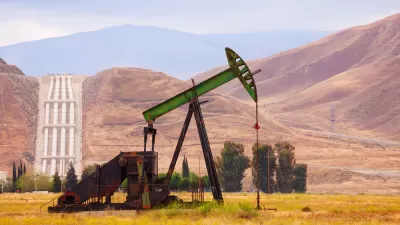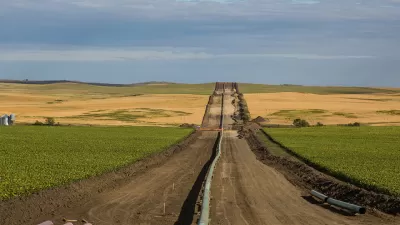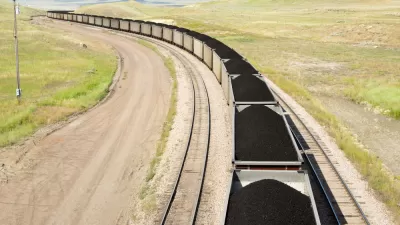While regulated on the federal level, there is still much that can be done on a state level, including adding per-barrel fees to pay for cleanup plans. Plus, a new regulation took effect requiring railroads to notify states about Bakken crude trains.
- As part of his annual budget, Gov. (Jerry) Brown wants to expand an existing prevention-and-response program for ocean oil spills to cover inland areas.The initiative would be funded by a proposed 6.5-cent-per-barrel fee on all crude oil delivered by rail to refineries. Additionally, Brown is asking lawmakers to approve hiring new track inspectors.
- Separately, state Sen. Fran Pavley (D-Agoura Hills) last week steered a similar spill-response measure, SB 1319 (May 28 legislative analysis), through the state Senate, winning approval on a 23-11 vote. [See her May 28 press release.]
- In the lower house, Assemblyman Roger Dickinson (D-Sacramento) recently amended a bill that would require railroads to report to the state Office of Emergency Services information about hazardous materials, including crude oil, being transported into the state.
- His proposal, AB 380 (June 2 legislative analysis), which was unanimously approved by the Senate Environmental Quality Committee on Wednesday,also would require rail carriers to maintain live, 24-hour communications lines that would enable local first-responders to contact them. [See his June 4 press release.]
An emergency regulation issued last month previously took effect on Saturday, June 7 requiring "railroads to notify states of the specific routes they will use when transporting more than 1 million barrels of Bakken crude. Such oil "may be more flammable than traditional heavy crude," the U.S. Department of Transportation warned," writes Lifsher [also see KQED blog.]
However, Valero Energy spokesman Chris Howe appeared to dispute the regulator's warning.
"There is nothing inherently more dangerous about one crude than another. They are all flammable," he told Tony Bizjak of The Sacramento Bee.
It should be noted that when talking of increased crude-by-rail shipments to California, it's important to distinguish types of crude. The oil sands crude from Alberta does not pose the public safety threat that the higher volatility Bakken crude presents.
FULL STORY: State is moving to prevent spills of oil shipped by trains

Alabama: Trump Terminates Settlements for Black Communities Harmed By Raw Sewage
Trump deemed the landmark civil rights agreement “illegal DEI and environmental justice policy.”

Study: Maui’s Plan to Convert Vacation Rentals to Long-Term Housing Could Cause Nearly $1 Billion Economic Loss
The plan would reduce visitor accommodation by 25% resulting in 1,900 jobs lost.

Why Should We Subsidize Public Transportation?
Many public transit agencies face financial stress due to rising costs, declining fare revenue, and declining subsidies. Transit advocates must provide a strong business case for increasing public transit funding.

Paris Bike Boom Leads to Steep Drop in Air Pollution
The French city’s air quality has improved dramatically in the past 20 years, coinciding with a growth in cycling.

Why Housing Costs More to Build in California Than in Texas
Hard costs like labor and materials combined with ‘soft’ costs such as permitting make building in the San Francisco Bay Area almost three times as costly as in Texas cities.

San Diego County Sees a Rise in Urban Coyotes
San Diego County experiences a rise in urban coyotes, as sightings become prevalent throughout its urban neighbourhoods and surrounding areas.
Urban Design for Planners 1: Software Tools
This six-course series explores essential urban design concepts using open source software and equips planners with the tools they need to participate fully in the urban design process.
Planning for Universal Design
Learn the tools for implementing Universal Design in planning regulations.
Smith Gee Studio
Alamo Area Metropolitan Planning Organization
City of Santa Clarita
Institute for Housing and Urban Development Studies (IHS)
City of Grandview
Harvard GSD Executive Education
Toledo-Lucas County Plan Commissions
Salt Lake City
NYU Wagner Graduate School of Public Service





























